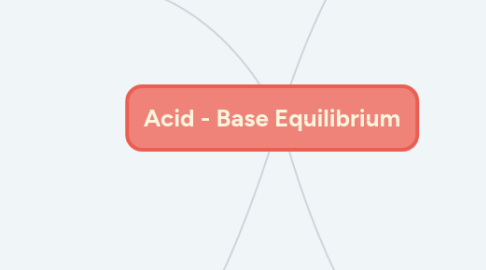
1. Rates of reaction
1.1. Collision theory
1.1.1. molecules must collide in order to react
1.1.2. molecules must have enough energy to react
1.1.3. molecules must be in a proper or correct orientation to produce an effective collision
1.2. Factors that affects the rate of reaction
1.2.1. Temperature: It is commonly observed that increasing the temperature of the system increases the rate of the reaction greatly. Chemical reactions typically occur faster at higher temperatures.
1.2.2. State of the reactant: A chemical reaction between two or more substances requires intimate contact between the reactants. When Gaseous reactants show the fastest rate of reaction due to high energy from random movement and tendency to get adsorbed on the surface of the reactant.
1.2.3. Concentration of the reactants: The rates of many reactions depend on the concentrations of the reactants. More concentrated reactants give a higher rate of reaction as the are a greater number of reactant molecules present for the reaction to proceed.
1.2.4. The presence of a catalyst : It increases the rate of the reaction by altering the mechanism, and thus, changing the path of the reaction. Some reactions which take hours to complete are completed in minutes in the presence of catalysts.
2. Equilibrium
2.1. Le Chatelier’s Principle
2.1.1. changes to an equilibrium system will result in a predictable shift that will counteract the change.
2.2. Factors affecting equilibrium
2.2.1. Change in Concentration
2.2.1.1. The equilibrium changes when the concentration of any reactants or products in the reaction changes. It further leads to minimising its effect.
2.2.2. Change in Temperature
2.2.2.1. The equilibrium shifts in opposite direction when there is a change of increase or decrease in the system of temperature. This takes effect in order to neutralise the change in effect.
2.3. Change in Pressure
2.3.1. In an attempt to restore equilibrium by creating more or less moles of gas. For example, if the pressure in a system increases, or the volume decreases, the equilibrium will shift to favor the side of the reaction that involves fewer moles of gas; and vice versa.
3. Bases
3.1. some properties
3.1.1. yields an excess of hyrogen ions in aqueous solutions
3.1.2. tends to have a bitter taste and slippery feeling
3.1.3. electrical conductor
3.1.4. turns red litmus to blue
3.1.5. accepts H+ ions in solutions
3.1.6. partially dissolves the skin
3.1.7. reacts with acids to neutralize their properties
4. Acids
4.1. some properties
4.1.1. yields an excess of hyrogen ions in aqueous solutions
4.1.2. tends to have tangy or sour taste
4.1.3. electrical conductor
4.1.4. turns blue litmus to red
4.1.5. donates H+ ions in solutions
4.1.6. reacts with alkali metals (to produce H2)
4.1.7. reacts with bases to neutralize their properties
4.2. can be classified as
4.2.1. strong and/or weak
4.2.2. monoprotic and/or polyprotic
4.2.3. ampholytes and/or non-ampholytes
